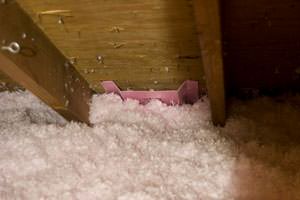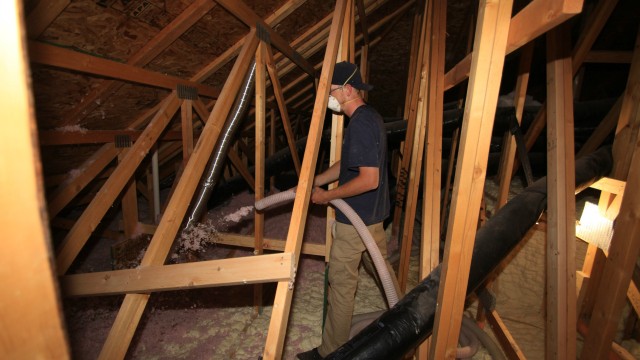Removal & Blow In Insulation
Upgrading attic insulation is a VERY popular energy-saving improvement because more energy (and money!) is lost through the attic than through any other part of the house.
What makes matters worse is when inadequate attic insulation is improperly or poorly installed. Existing attic insulation in many homes may be as minimal as R-19– which pales in comparison to the recommended R-value!
Going through a cold winter with so little insulation is like wearing a t-shirt in a snowstorm. What your house really needs is the equivalent of a thick, down-filled parka.
The U.S. Department of Energy recommends between R-49 and R-60 of attic insulation. That’s at least a 17-in.-thick blanket of fiberglass insulation and 15-17-in of Cellulose!
We use PROPINK® L77 Loosefill and Green Fiber Insulation backed by Owen-Corning’s reputation for quality products.
R-values that can be achieved with different levels of coverage.
Air Sealing Goes Alongside Attic Insulation


